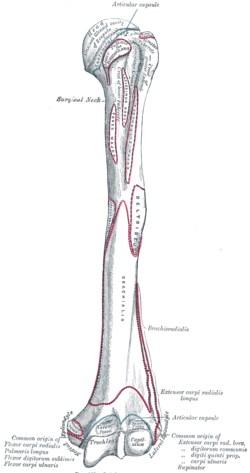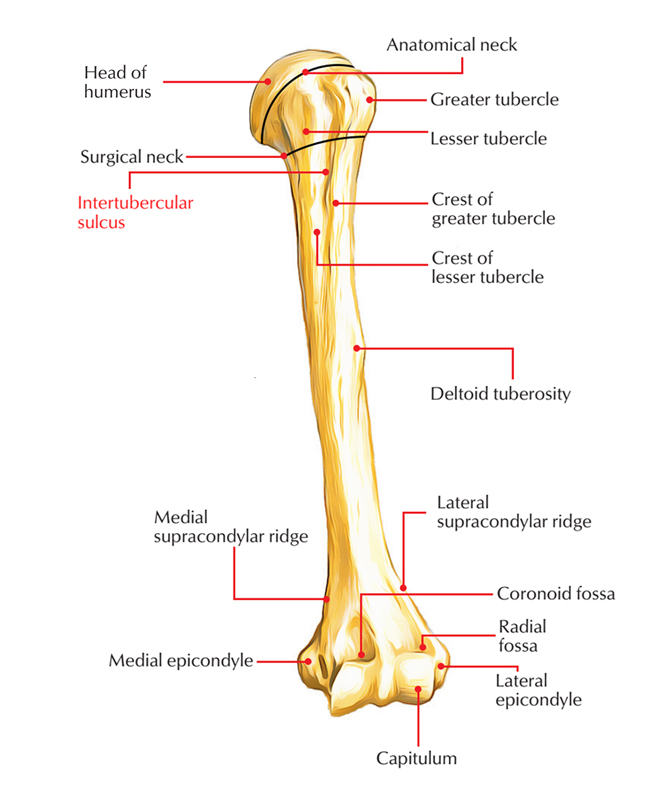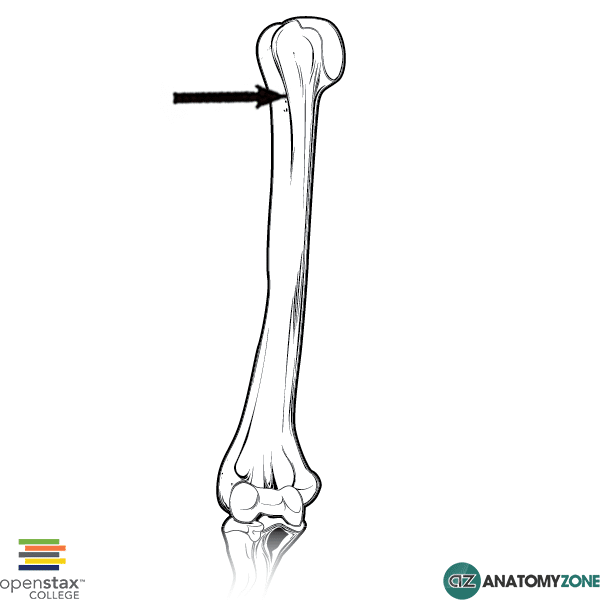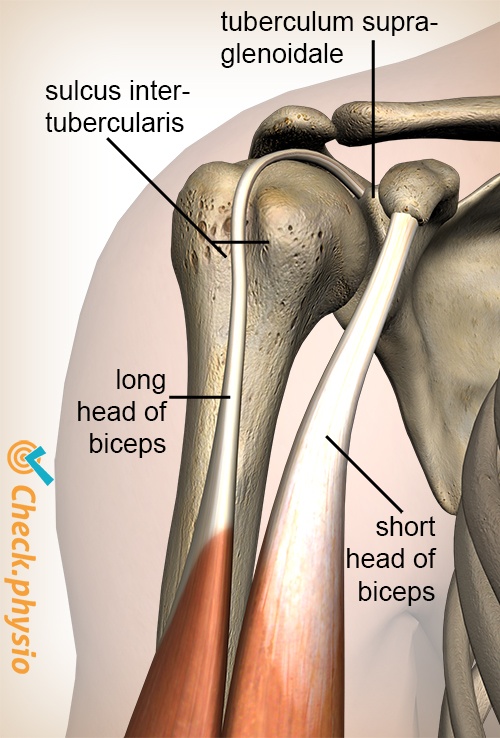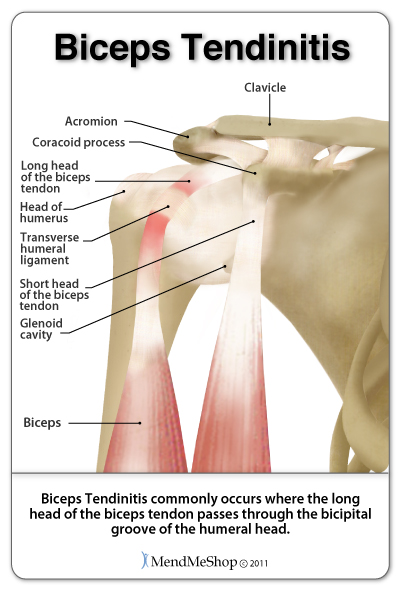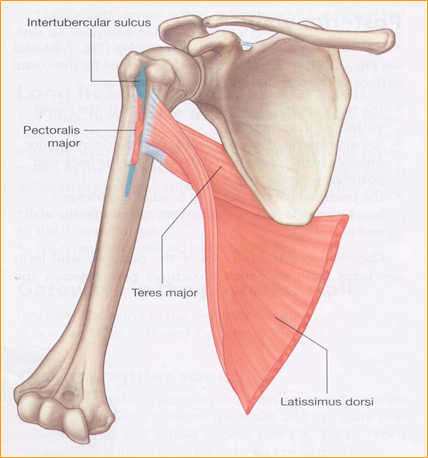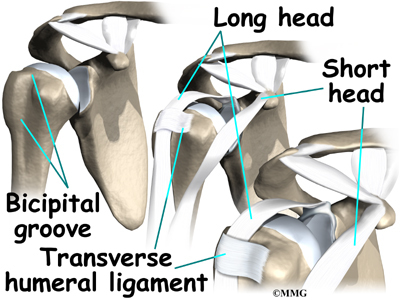Bicipital Groove Is Also Known As

The intertubercular groove or also known as the bicipital sulcus is a deep groove that begins between the two tubercles and extends longitudinally down the proximal shaft of the humerus.
Bicipital groove is also known as. The bicipital groove intertubercular groove sulcus intertubercularis is a deep groove on the humerus that separates the greater tubercle from the lesser tubercle the bicipital groove lodges the long tendon of the biceps brachii between the tendon of the pectoralis major on the lateral lip and the tendon of the teres major on the medial lip. It contains the tendon of the long head of the biceps brachii muscle which is ensheathed in a synovial reflection of the. The radial sulcus also known as the musculospiral groove radial groove or spiral groove is a broad but shallow oblique depression for the radial nerve and deep brachial artery it is located on the center of the lateral border of the humerus bone. The intertubercular groove or also known as the bicipital sulcus is a deep groove that begins between the two tubercles and extends longitudinally down the proximal shaft of the humerus.
At the proximal end of the groove are the lesser tubercle and the greater tubercle. Know what is bicipital tendonitis its causes symptoms treatment pathophysiology epidemiology and. It also transmits a branch of the anterior humeral. The transverse humeral ligament connects the lesser and greater tubercles.
The bicipital groove also known as the intertubercular sulcus or sulcus intertubercularis is the indentation between the greater and lesser tuberosities of the humerus that lodges the biceps tendon. The tendon of the long head of the biceps muscle runs in this groove and attaches on the supraglenoid tubercle of the scapula. Inflam mation of the biceps tendon in the bicipital groove which is known as primary biceps tendinitis occurs in 5 percent of patients with biceps tendinitis. The structure indicated is the intertubercular sulcus of the humerus.
Bicipital tendonitis often happens due to repetitive strain injury overuse injury or it could be due to rotator cuff tears or complex injuries like shoulder blade impingement etc. The bicipital groove is typically 4 6 mm deep 1. The long head of biceps brachii muscle runs along this groove. The long head of biceps brachii muscle runs along this groove.
It may also be caused by. Because it s between two tubercles the bicipital groove is also known as the inter tubercular groove. The transverse humeral ligament connects the lesser and greater tubercles. Biceps tendinitis and tendinosis are commonly accompanied by rotator cuff tears or slap superior labrum anterior to posterior lesions.
On the anterior aspect is a well marked groove known as the bicipital groove because the tendon of the long head of the biceps runs in it.

